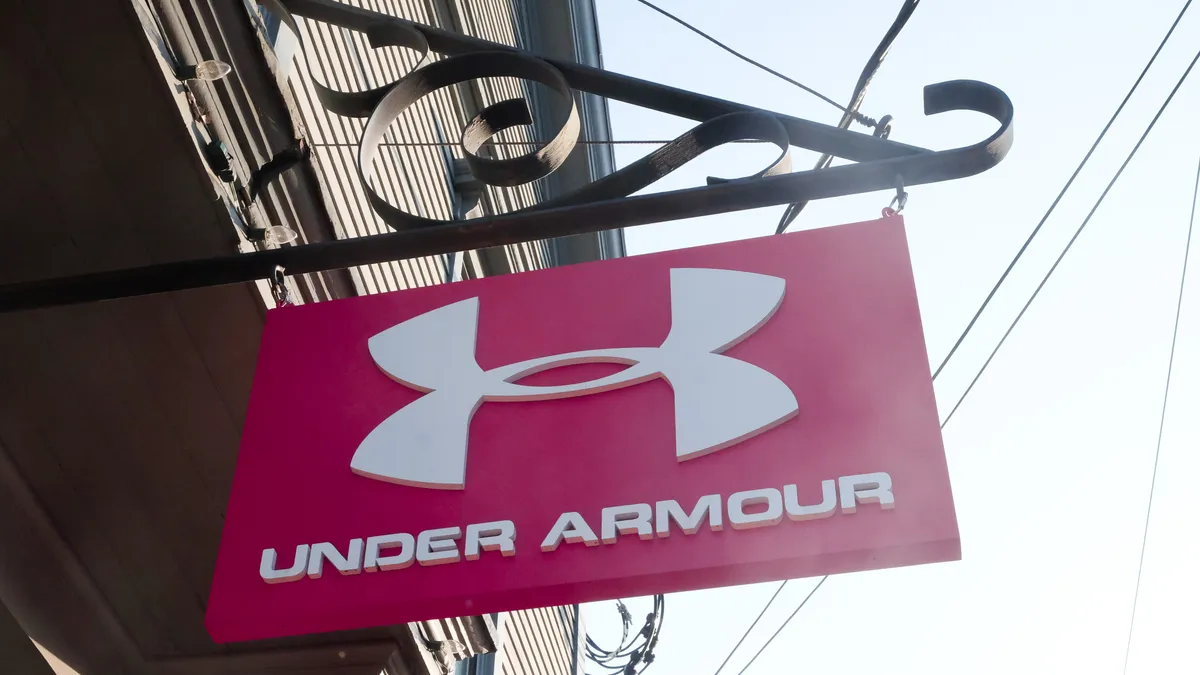Dive Brief:
- Under Armour is "tightening" how it thinks about inventory, CEO and President Patrik Frisks said on the company's latest earnings call. The retailer said it was opting for this approach, rather than trying to chase demand and possibly spread itself thin.
- Fisk said the goal is to ensure that the right products are at the right places, a strategy that Under Armour has stuck with, despite high demand. The company's global e-commerce business was up 69% YoY, CFO David Bergman said on the call.
- In Q1, this contrained-inventory strategy resulted in 9% less inventory and higher margins. As executives anticipate increased freight expenses to continue, this becomes more important.
Dive Insight:
For Under Armour, the strategy for weathering the supply chain complications of the pandemic has stayed the same for over a year now: control inventory.
By managing how much inventory flows through its supply chain, Under Armour can better control how much product sits in its reserve, limit low-demand products and focus on getting the items that are in demand. The strategy has involved consolidating vendors and cutting SKUs.
Controlling inventory and simplifying its supply chain proved to boost margins in the past. And the better-than-expected margins for its Q1 2021 gives hope that it can work going forward, too. The potential financial benefits to managing inventory may somewhat balance out with the freight increases expected due to transportation and logistic challenges.
Under Armour, like nearly everyone else, has been impacted by the barrage of supply chain challenges over the last year. As a result, companies shifted to figuring out what they could do to mitigate issues by optimizing the inventory they could get.
Tight inventory management has translated into items selling faster and reducing returns, allowing for Under Armour to set prices that are more favorable, compared to relying on promotional sales to move inventory, Bergman said.
Still, company leadership expects Q2 gross margins to decrease about 120 to 140 basis points in the second half of the year due to container-availability issues and port delays, but it said its supply chain is currently navigating the challenges "fairly well."














